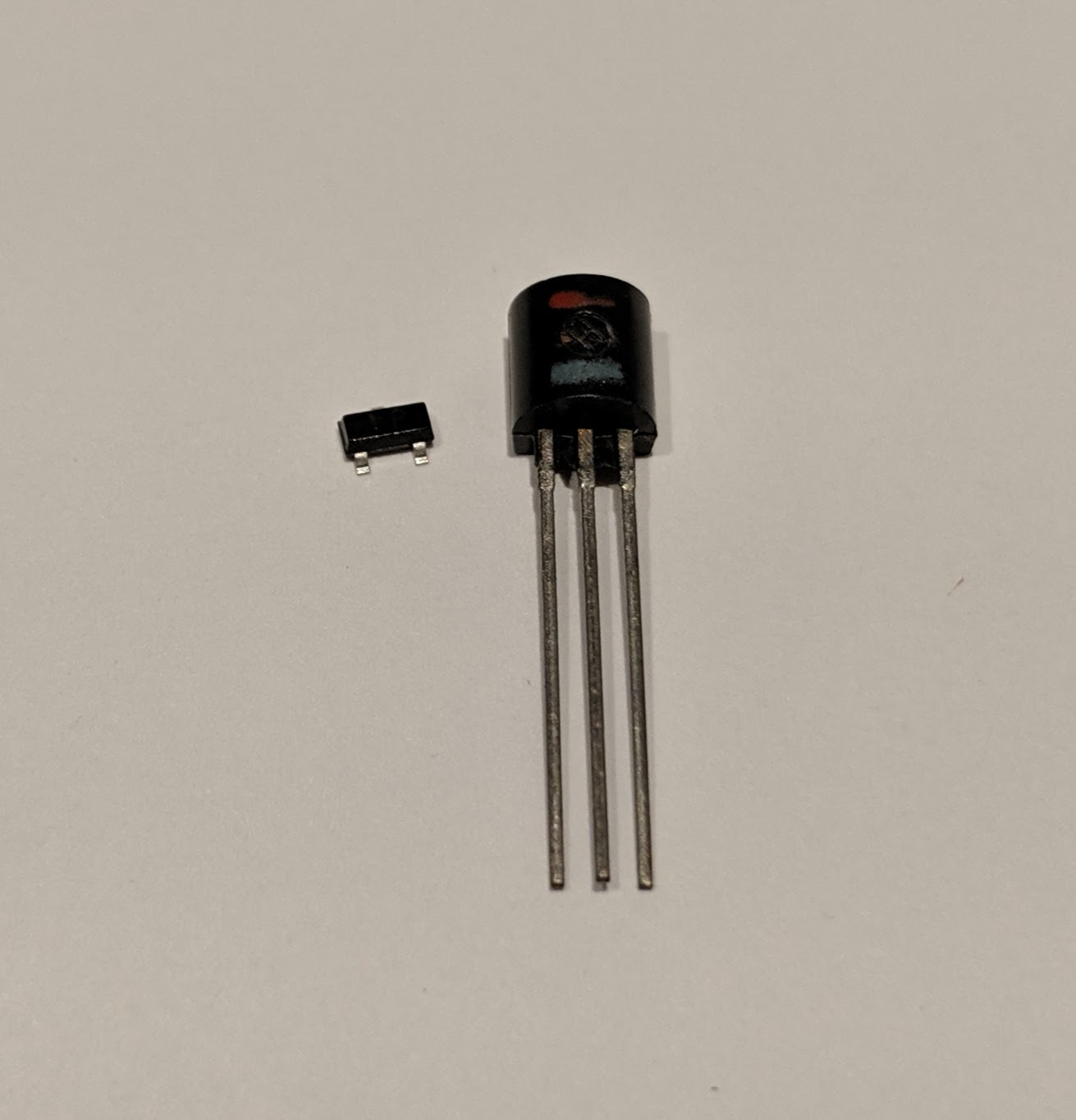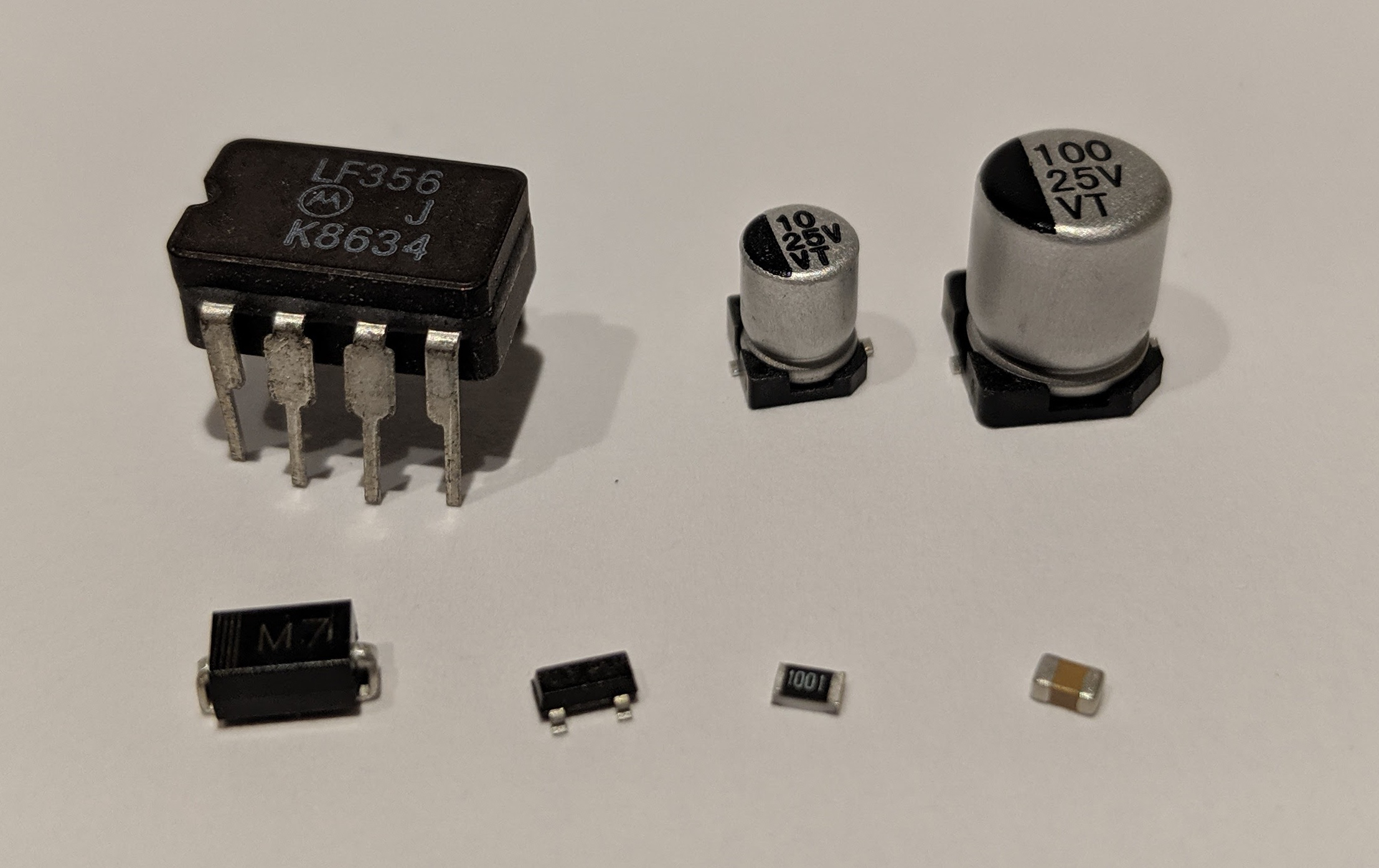Soldering
This community is for electronic hobbyists to discuss projects and is focused on soldering. Everyone is welcome from the noob to people who have been soldering as a hobby for decades to people who solder professionally. We'll talk about materials and techniques, equipment, and projects. Everyone is welcome. All questions are welcome. Post photos and ask for help.
RULES:
-
All Lemmy.ca rules apply here.
-
Everyone (see rule 98) is welcome.
-
If you’ve seen a question 100 times answer it the 101st time or ignore it. Even better, write a complete, detailed answer and suggest that the mod(s) pin it to the community.
-
Don't tell other users what they should have done of that what you do is better. You do what you want to do and let other people do what they want to do. What is best for you might not be best for others.
[Did you actually think there were 98 rules?]
-
If you present something as fact and are asked to provide proof or a source provide proof or a source. Proof must be from a reliable source. If you fail to provide proof or a source your post or comment may be removed.
-
Don’t be a dick. Yes, this is a catch-all rule.
-
The mod(s) have the final say.
view the rest of the comments


It is, though the process did start ages ago. The SNES from 1990 already had all the chips and most capacitors as SMDs, and the 1996 N64 motherboard is with the exception of the power LED entirely surface mount. I'd guess the reason for the recent disappearance of through hole devices is to with development of cheaper pick and place machines and labour cost increases - it's finally cheaper to get one of those to use with SMD components than it is to hire a warehouse full of labour to hand assemble your cheap thing from THD parts.
Also 0402 is an annoying SMD size code, as it's one of the two (other being 0603) that exist in both imperial and metric sizes - it can be 0402 metric, i.e 0.4mm x 0.2mm which is 01005 imperial, or 0402 imperial which is 1005 (1.0mm x 0.5mm) metric.
I've repaired several handheld devices from the era. The Atari Lynx had a bunch of SMDs. So does the NEC TurboExpress. I just sent out half a dozen NES which thankfully were mostly THT. I have a couple of SNES and a couple of N64s out there waiting for me.
Those boxes are the reason I upgraded from the Weller WESD-51 to the Hakko FM-302. I really need tweezers for SMD rework.